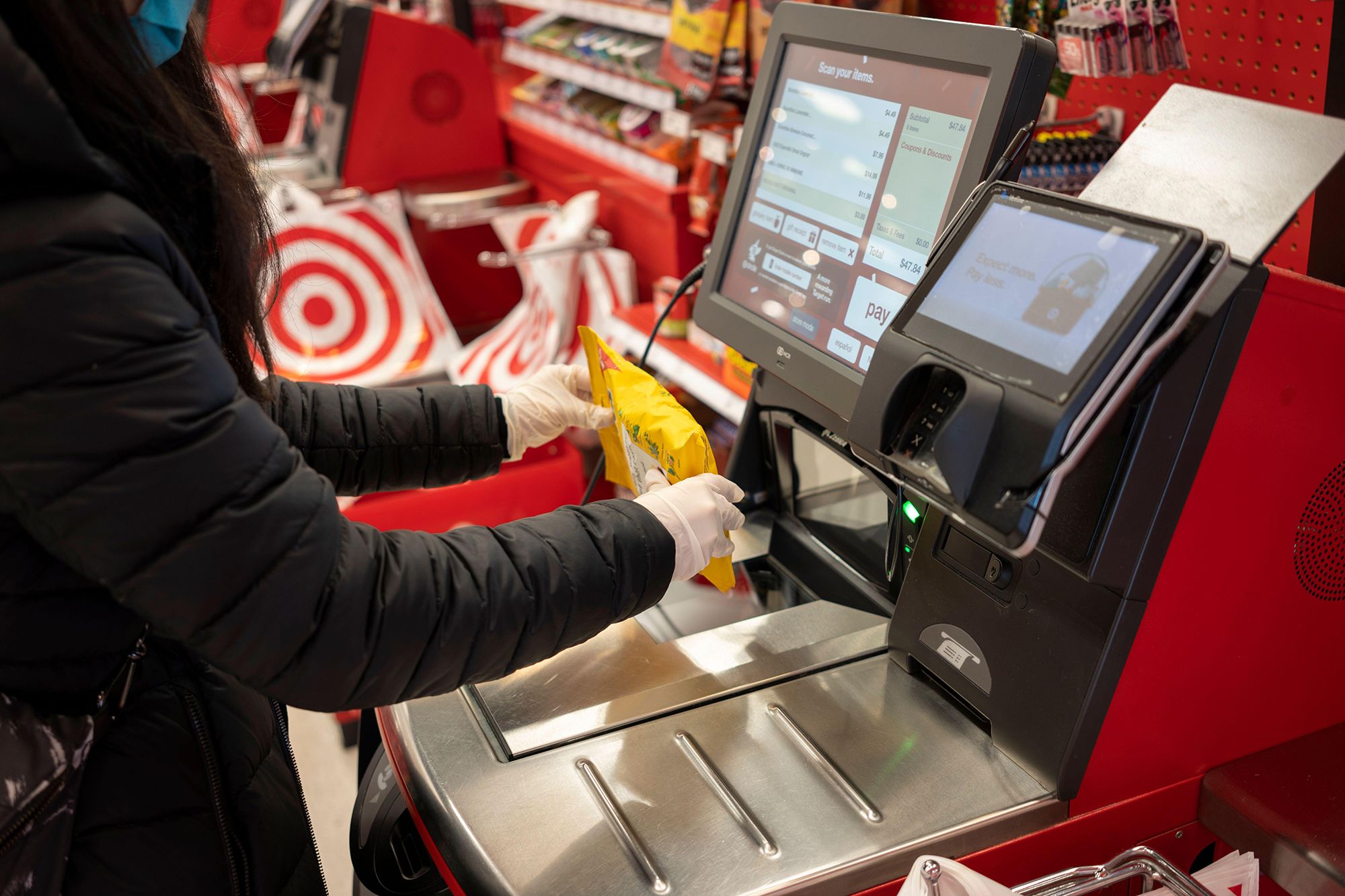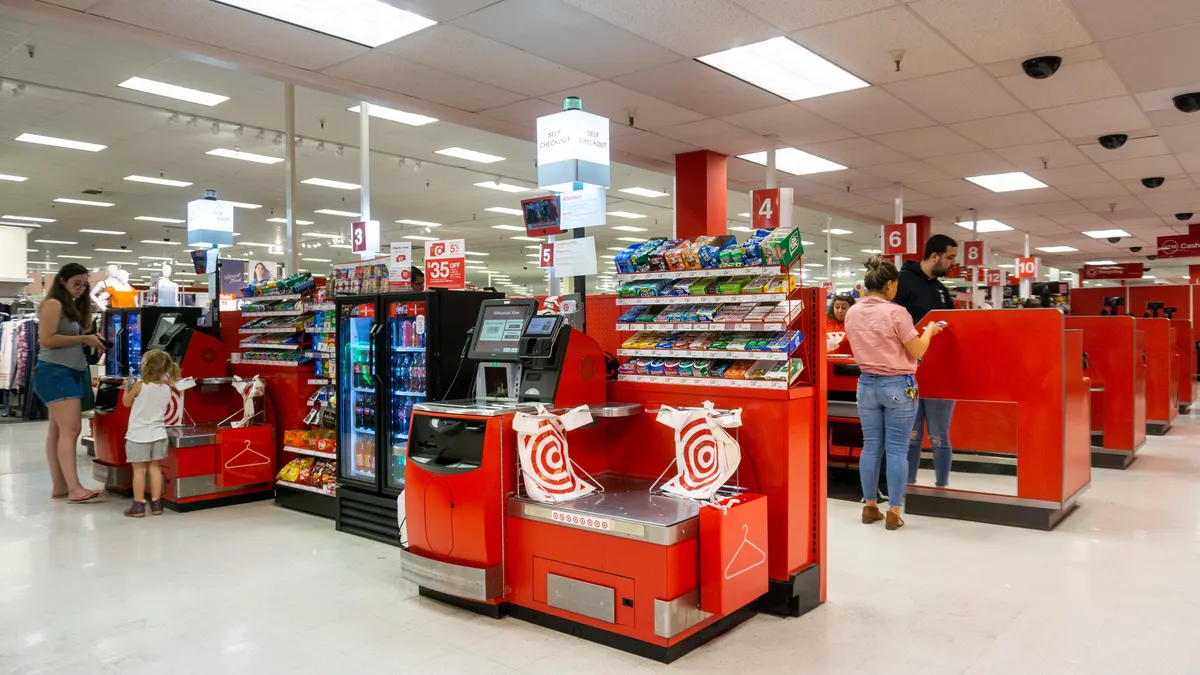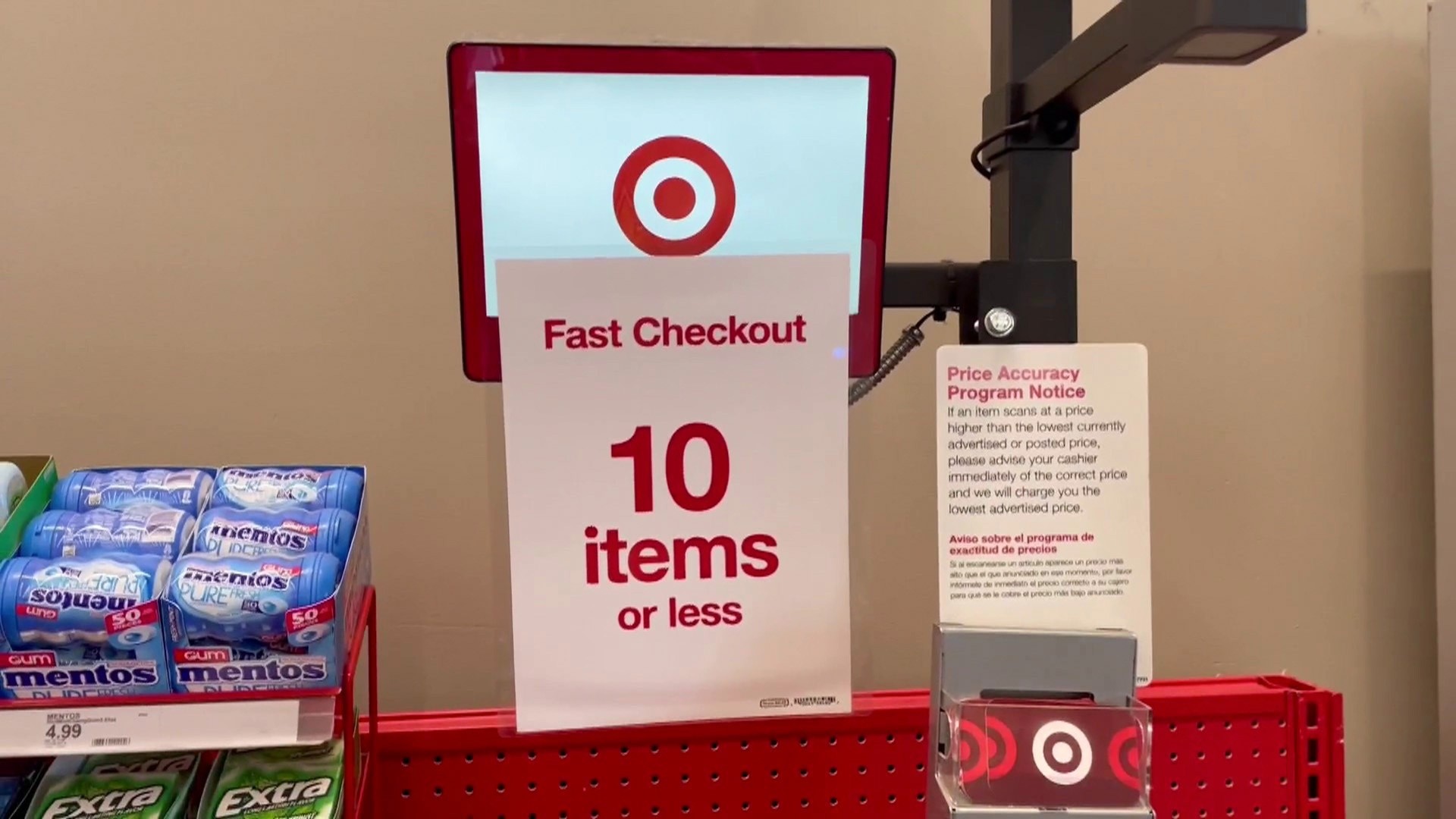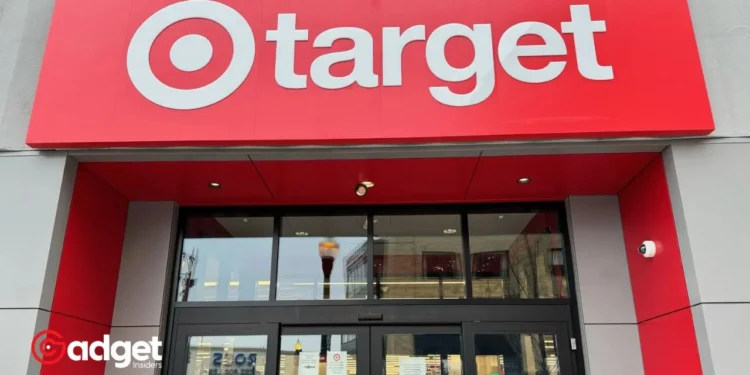In a bold move aimed at curbing losses, Target is reportedly rolling out a significant update to its self-checkout system—a decision that’s likely to stir mixed reactions among its customers. Amidst a backdrop of evolving retail strategies and heightened consumer expectations, this initiative by Target (TGT) could redefine the shopping experience, for better or for worse.

Adapting to New Retail Realities
The retail landscape has undergone a dramatic transformation in recent years, especially during and following the COVID-19 pandemic. With a drastic shift in consumer behavior, many shoppers chose the safety of online purchases over traditional in-store shopping.
This pivot forced retailers to rethink their strategies, focusing heavily on safety measures and online fulfillment capabilities. However, not all retailers managed to navigate these changes successfully, with many suffering from decreased foot traffic and, consequently, reduced profits.
Update: Stopped at Target again yesterday for 3 things and the exact same thing happened. One register open, that’s not self checkout,full carts in front of me. I refuse to do for free what Target has to pay employees to do.@Target pic.twitter.com/e7vWfks2MN
— 🌻🔥 Jeannette is FOR #VOTING RIGHTS🗽 #TeamPelosi (@JisRESISTing) August 24, 2022
The Rise of Self-Checkout Systems
Amid these challenging times, self-checkout systems have gained prominence as a cost-effective solution for retailers looking to maintain service with lower staff numbers.
Target, alongside other retail giants like Walmart (WMT), has been at the forefront of this shift, increasingly relying on self-service checkout stations to handle the influx of customers returning to physical stores.

However, this shift has not been without its drawbacks. Self-checkout options, while reducing the need for staff, have also been associated with higher theft rates.
Typically, these systems experience a loss rate of about 4%, double the national average, primarily due to incidents where customers either intentionally or accidentally fail to scan items correctly.
Target’s New Checkout Technology: Truscan
In response to these challenges, Target is set to introduce a new technology—Truscan—at its self-checkout kiosks.
Designed to minimize losses, Truscan uses advanced cameras to detect unscanned items in a shopper’s cart, issuing audible and visual alerts to remind customers to scan everything properly.
This technology aims to enhance the accuracy of self-checkout transactions, ensuring that all items are accounted for before a customer leaves the store.
Reports indicate that Truscan will not only notify customers of unscanned items but will also alert Target’s security when patterns of repeated failures to scan occur, adding an extra layer of theft prevention.

Customer Reactions and Retail Evolution
While the introduction of Truscan could significantly reduce theft and losses, its reception may vary among Target’s customer base. For regular customers, the new system might seem intrusive or cumbersome, especially for those who prefer a quick, hassle-free checkout experience.
On the other hand, it could reassure those concerned about the fairness and costs associated with retail theft, which ultimately impacts product prices and availability.
As Target continues to innovate in its operational strategies, the roll-out of Truscan later in 2024 will be a critical test of how technology can balance efficiency with customer satisfaction in the retail sector.
Whether this new system will be welcomed or frowned upon remains to be seen, but one thing is clear: Target is committed to adapting its business model in a rapidly changing retail environment, even if it means making tough decisions that might not please everyone.










